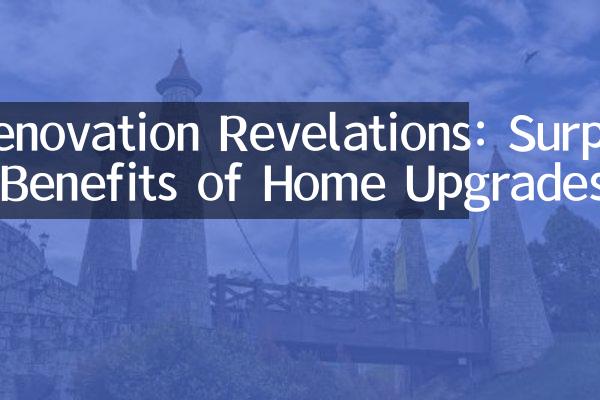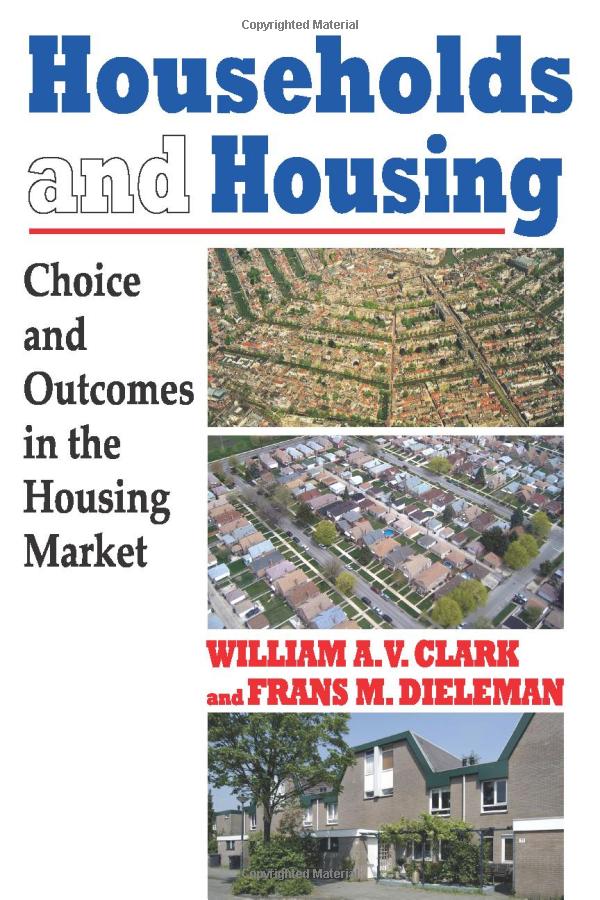Understanding Rural Housing Loan Requirements: A Comprehensive Guide for Homebuyers
#### Rural Housing Loan RequirementsWhen it comes to purchasing a home in rural areas, understanding the rural housing loan requirements is crucial for pote……
#### Rural Housing Loan Requirements
When it comes to purchasing a home in rural areas, understanding the rural housing loan requirements is crucial for potential homebuyers. These requirements can vary significantly from traditional urban housing loans, often designed to promote homeownership in less populated regions. This guide aims to outline the essential criteria and considerations for securing a rural housing loan.
#### Eligibility Criteria
To qualify for a rural housing loan, applicants must meet specific eligibility criteria. Typically, these include:
1. **Location**: The property must be located in a designated rural area. Government programs often define these areas based on population density and economic factors.
2. **Income Limits**: Many rural housing loan programs, such as those offered by the USDA, have income limits based on the median income of the area. This ensures that assistance is directed toward low- to moderate-income families.
3. **Credit Score**: While some programs are more flexible than traditional loans, a minimum credit score may still be required. Generally, a score of 640 or higher is favorable.
4. **Debt-to-Income Ratio**: Applicants must demonstrate a manageable debt-to-income ratio, which typically should not exceed 41%. This ratio ensures that borrowers can afford their monthly payments without financial strain.

#### Types of Rural Housing Loans
There are several types of loans available for rural housing, each with its unique rural housing loan requirements:
1. **USDA Rural Development Loans**: These loans are designed for low- to moderate-income households and offer 100% financing, meaning no down payment is required. The property must be in an eligible rural area.
2. **FHA Loans**: While FHA loans are not exclusively for rural properties, they can be a viable option for those looking to purchase in these areas. FHA loans have lower credit score requirements and allow for lower down payments.
3. **VA Loans**: Veterans and active-duty military personnel may qualify for VA loans, which can also be used for rural properties. These loans typically require no down payment and have competitive interest rates.
#### Application Process

The application process for a rural housing loan involves several steps:
1. **Pre-Approval**: Potential buyers should seek pre-approval from a lender familiar with rural housing loan requirements. This step helps determine how much you can afford.
2. **Documentation**: Gather necessary documentation, including proof of income, credit history, and information about the property.
3. **Property Appraisal**: The lender will require an appraisal to ensure the property’s value meets loan requirements.
4. **Closing**: Once approved, the final step is closing the loan, where all paperwork is signed, and ownership is transferred.
#### Benefits of Rural Housing Loans

Choosing a rural housing loan can offer several advantages:
1. **Affordability**: With options for no down payment and lower interest rates, rural housing loans can make homeownership more accessible.
2. **Community Development**: These loans encourage growth in rural areas, contributing to the local economy.
3. **Diverse Options**: Various loan types cater to different needs, ensuring that buyers can find a suitable option for their situation.
In conclusion, understanding the rural housing loan requirements is essential for anyone looking to purchase a home in a rural area. By familiarizing yourself with the eligibility criteria, types of loans available, and the application process, you can navigate the path to homeownership with greater confidence. Whether you're a first-time homebuyer or looking to relocate, rural housing loans provide an excellent opportunity to invest in a community and secure your dream home.